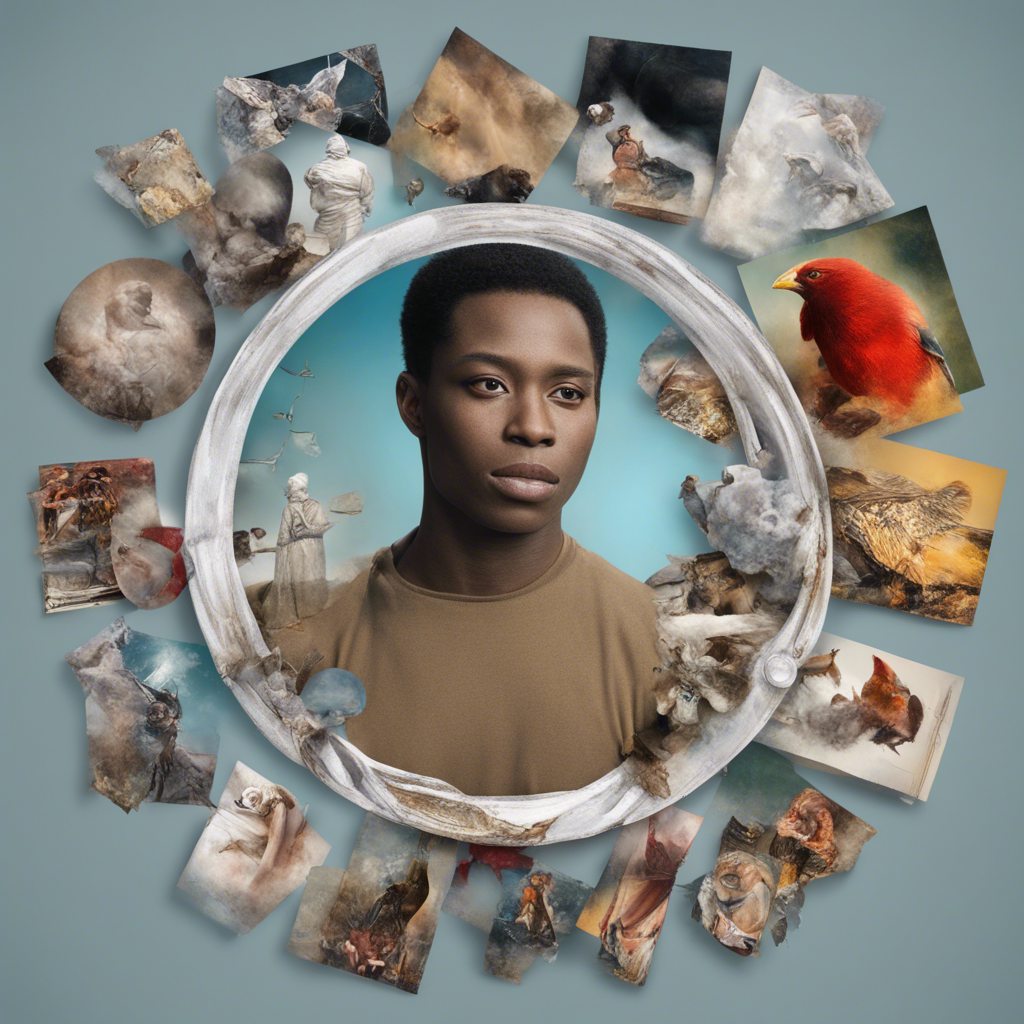
NFTs: From CryptoKitties to Multimillion Dollar JPEGs
In recent years, the world of digital art has been revolutionized by an innovative technology called Non-Fungible Tokens (NFTs). From the infamous CryptoKitties game to the mind-boggling sale of multimillion-dollar JPEGs, NFTs have captured the attention of artists, investors, and technologists alike. In this blog post, we will take a deep dive into the world of NFTs, exploring their origins, mechanics, and the implications they hold for both the art industry and broader society.
What are NFTs?
NFT stands for Non-Fungible Token. Unlike cryptocurrencies such as Bitcoin or Ethereum, which are fungible and can be exchanged on a one-to-one basis, NFTs are unique and indivisible digital assets that represent ownership or proof of authenticity of a particular piece of art, collectible, or virtual item.
At its core, an NFT is a digital certificate of authenticity and ownership that is recorded and verified using blockchain technology, most commonly on the Ethereum network. This makes NFTs secure, transparent, and resistant to fraud or censorship.
The Rise of NFTs
While NFTs gained widespread attention in recent years, their origins can be traced back to the launch of CryptoKitties in 2017. CryptoKitties, a blockchain-based game that allows users to breed and trade unique virtual cats, was an early showcase of the potential for digital assets to be tokenized as NFTs. Much like physical collectibles, the uniqueness and scarcity of these virtual cats made them highly sought after, creating a market for digital art that was never seen before.
From there, the NFT craze has rapidly expanded to various domains, including digital art, music, virtual real estate, and virtual goods in video games. Artists and creators can now tokenize and sell their work directly to collectors, bypassing traditional intermediaries such as galleries or auction houses. This new digital art market has particularly attracted attention due to its potential to democratize the art industry and enable artists to monetize their creations in entirely new ways.
How NFTs Work
To understand how NFTs work, it’s essential to grasp the underlying technology involved. NFTs leverage blockchain technology, which is a decentralized and immutable digital ledger. The Ethereum blockchain is currently the most popular platform used for NFTs due to its smart contract capabilities.
When an artist or creator creates an NFT, they essentially create a unique token that is linked to a specific digital asset. This asset can be anything from a digital painting, music file, video clip, or even a virtual item in a video game. The NFT includes metadata that describes the asset and establishes its provenance and ownership.
The critical feature of NFTs is their ability to establish ownership and track the provenance of digital assets over time. Whenever an NFT is bought, sold, or exchanged, the transaction is recorded on the blockchain, ensuring that there is a transparent and publicly accessible record of ownership history. This feature provides artists and collectors with a way to prove the authenticity, rarity, and scarcity of their digital assets, enhancing their value and desirability.
The Impact on the Art Market
NFTs have the potential to reshape the art market by democratizing access and enabling artists to monetize their work in new and unconventional ways. Traditionally, the art industry has been dominated by galleries, auction houses, and other intermediaries that control the distribution and valuation of artwork.
However, with NFTs, artists can directly connect with their audience, establish direct sales channels, and retain a more significant portion of the revenue generated from their work. This disintermediation can also open up opportunities for emerging artists and creators who may have struggled to gain exposure in the traditional art market.
The ability to fractionalize ownership through NFTs also opens up new avenues for investment in art. Collectors can acquire shares of NFTs, allowing them to benefit from potential appreciation in value without needing to purchase the entire asset. This democratization of investment in art has the potential to unlock liquidity and diversify the art market.
Challenges and Concerns
While the potential of NFTs is vast, there are also significant challenges and concerns associated with this technology. The most immediate concern is the environmental impact of the blockchain networks that underpin NFTs, particularly Ethereum. The high energy consumption required for mining and validating transactions has raised questions about the sustainability of NFTs and their carbon footprint.
Another concern is the rampant speculation and volatility in the NFT market. While some artists and collectors have sold their digital works for staggering sums, there is also a risk of a speculative bubble and potential price manipulation. Additionally, the ease of copying and reproducing digital art poses challenges regarding copyright infringement and the long-term value of NFTs.
Conclusion
NFTs represent a significant paradigm shift for the art industry and the wider digital landscape. By providing a secure and transparent mechanism for owning and trading digital assets, NFTs unlock new possibilities for artists, creators, and investors. From the humble beginnings of CryptoKitties to multimillion-dollar JPEGs, NFTs have captured the imagination and intrigue of people worldwide.
As with any emerging technology, there are hurdles to overcome and questions to be answered. Sustainability, market volatility, and copyright protection are just a few areas that require careful consideration. However, the potential for NFTs to democratize the art market, empower artists, and transform how we perceive and value digital assets cannot be ignored.
The future of NFTs lies in the hands of artists, technologists, and the collective imagination of society. Whether it will realize its full potential or fade as a passing fad remains to be seen. However, one thing is clear – the impact of NFTs has already cemented its place in the annals of digital history.
References:






